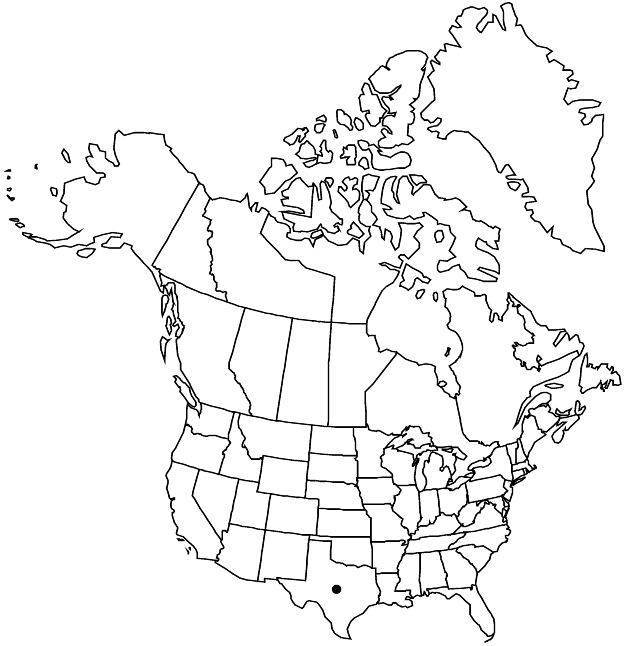Cucumis dipsaceus
in E. Spach, Hist. Nat. Vég. 6: 211. 1838.
Plants: roots thin, without thick, woody rootstock. Tendrils proximally hispidulous, distally glabrous. Leaves: petiole weakly hispidulous to hispid; blade ovate to broadly ovate, unlobed to 3-lobate, 3–7.5(–12.5) × 2–7(–12) cm, length 1.1–1.5 times width, base cordate, lobes ovate to elliptic, margins serrate or entire. Inflorescences: pedicels of pistillate flowers and fruits cylindric; staminate flowers 1 or 2–7, usually in racemoid fascicles, rarely racemes; pistillate flowers: calyx lobes 5–6(–11) mm, petals 6–15 mm, corolla tube 1–1.5 mm, lobes glabrous inside. Pepos pale yellow, monocolor, ellipsoid to ellipsoid-cylindric or globose, 3.5–7 × 2.5–4 cm, densely echinate at maturity, spinules narrowly cylindric, mostly obscuring fruit surface, flesh light yellow. 2n = 24.
Phenology: Flowering Jul–Sep.
Habitat: Open shrublands, thicket edges, riparian corridors, stream banks, sandy and loamy soil
Elevation: 50–100 m
Distribution

Introduced; Tex., Africa, introduced also in Mexico, Pacific Islands (Galapagos Islands, Hawaii), Australia.
Discussion
Cucumis dipsaceus is documented as adventive in Texas by collections from Hidalgo and Webb counties. It is sometimes cultivated as an ornamental because of its distinctive fruits.
Selected References
None.